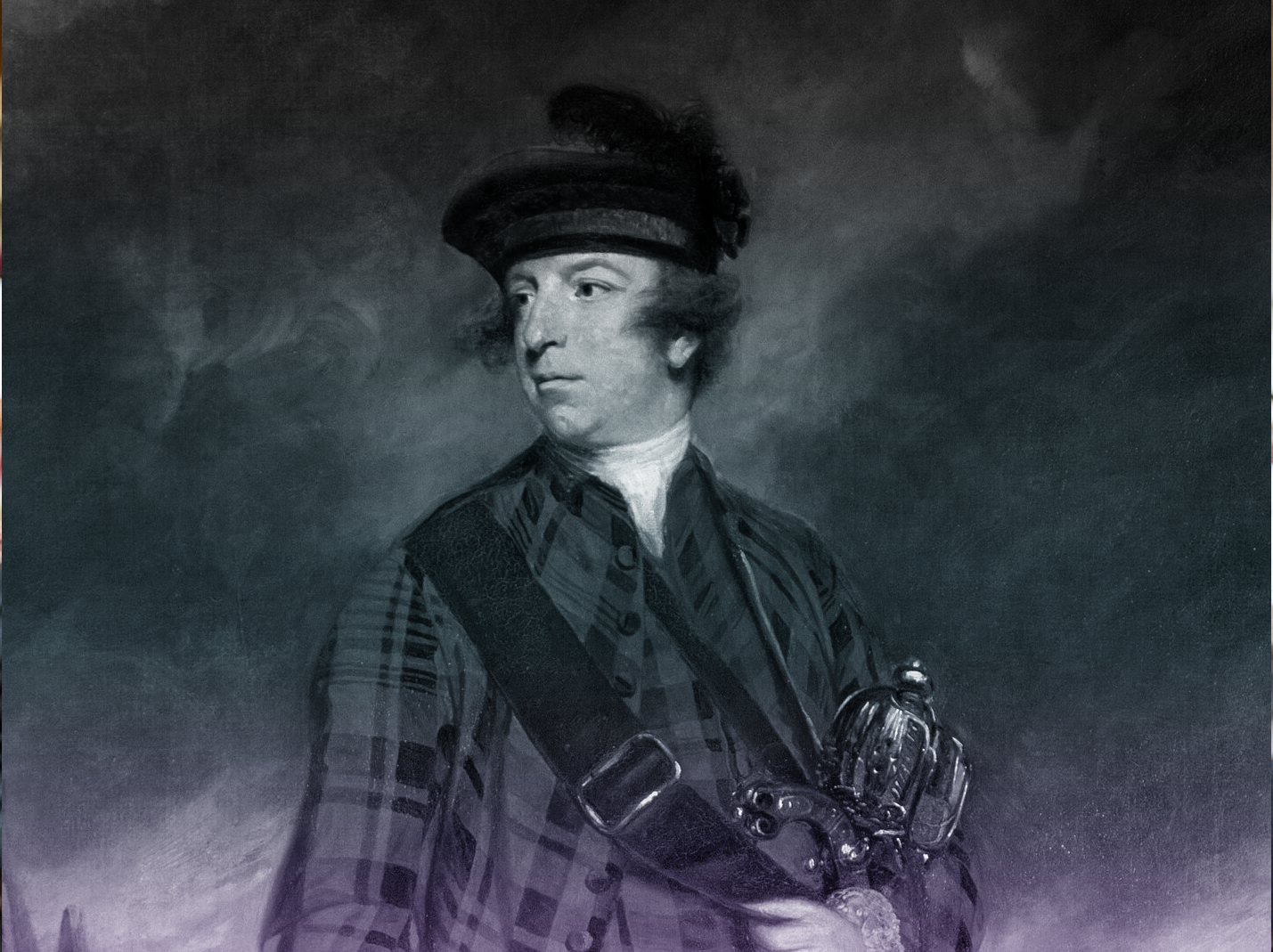
The Dunmore Declaration probably gets more attention in 2025 than it did in 1775, when John Murray, Lord Dunmore and royal governor of Virginia, proclaimed that certain slaves and indentured servants in the colony who helped the British suppress the Patriot rebellion would be granted their freedom. The offer was limited to young men who would bear arms in the British cause.
Was the Dunmore Declaration a practical step toward reinforcing British military power? Or was it more of a psychological maneuver aimed at demoralizing the rebellious Virginians? Or, yet again, was it a sincere step by the British to dismantle slavery and liberate those who had been subject to it?
The answers are apparent in what happened. About 800 enslaved men ran off to Dunmore’s military camps and ships. Roughly 800 women and children followed them. Dunmore, realizing that the men would not stay without the women and children, provided food and shelter for all. The men were enlisted in a special “Ethiopian Regiment” under the command of white officers.
The difference between plantation slavery and service in the Ethiopian Regiment may have been slight, but the enthusiasm of Virginia’s black slaves for this opportunity was real. The 800 who actually made it to the British lines were a fraction of those who would have enlisted if they could have found their way out of captivity. According to the historian Alan Taylor in his book, The Internal Enemy: Slavery and War in Virginia, 1772–1832, “George Washington’s farm manager reported that among the slaves ‘there is not a man of them, but would leave us, if they believ’d they coud make their escape.’”
When Virginians captured escaped slaves armed by the British, they hanged them and displayed their bodies to intimidate others from running off as well. Dunmore’s proclamation clearly alarmed the Virginians, less for its immediate bearing on the incipient revolution than as a forewarning that the British might instigate a wholesale slave insurrection.
They need not have worried. Dunmore’s proclamation was a freelance tactic. He was under orders by the British government not to promote a slave revolt. British interests lay in maintaining New World slavery, especially in the West Indies. The crown wanted no precedent of slaves self-emancipating.
In any case, the Ethiopian Regiment was soon a disaster. A month after Dunmore formed it, he sent it into battle against the Patriot militia south of Norfolk, where it was defeated. Dumore evacuated the surviving members of the regiment and their families to Gwynn Island, where many of them died from smallpox. Dunmore sailed away with about 500 survivors, but Dunmore’s campaign in Virginia went from fiasco to fiasco with the burning of Norfolk at the end of December. A few surviving members of the Ethiopian Regiment eventually ended up in New York City. The Regiment was formally disbanded in the summer of 1776.
Lord Dunmore’s exploit in enticing Virginia slaves to join the British cause had the main effect of driving white Virginians and other Southern colonists into the patriot cause. Militarily, it was a disastrous miscalculation. It did, however, provide a demonstration of how much enslaved African-Americans hated their bondage, and how little the white colonial population cared about the principle of human equality when it came to this population.
[RELATED: He Was Half-Mad, but Full Hero]
Lord Dunmore’s Declaration on November 7, 1775, was a desperate tactic by a royal official who was already on the run from Patriot forces. Dunmore had abandoned the governor’s mansion in June and had been sequestered abroad a ship at Yorktown. His Proclamation was issued from a point of weakness and did nothing to improve his fortunes.
But when Nikole Hannah-Jones launched The 1619 Project in 2019, Lord Dunmore’s Declaration gained new prominence. Hannah-Jones admitted that Dunmore was no abolitionist, but was himself an enslaver. But his Declaration in Hannah-Jones’s hands became the proof that the American Revolution was not fought for any high principle, but only to maintain the system of racial oppression which she takes to be the essence of the republic.
Hence, Dunmore’s Declaration is now taught in many of America’s schools as one of the defining events of the American Revolution.
Follow the National Association of Scholars on X, and for more articles on the American Revolution, see our series here.
Art by Beck & Stone
“He was under orders by the British government not to promote a slave revolt.”
If there is one thing about the British in that war, it is that they didn’t follow orders — or even have a uniform strategy as to what they were doing. My personal favorite was in Boston circa 1775 when the British Army was at war, but the British Navy wasn’t.
As to slavery, at least in Massachusetts, I like to look at the Mum Bett case — she took all the talk about freedom and the “all men are born free” language of the 1780 Massachusetts Constitution and asked “what about me?”
The Commonwealth’s Supreme Judicial Court said “you’re right” and that was the end of slavery in Massachusetts.
See: https://www.mass.gov/guides/massachusetts-constitution-and-the-abolition-of-slavery